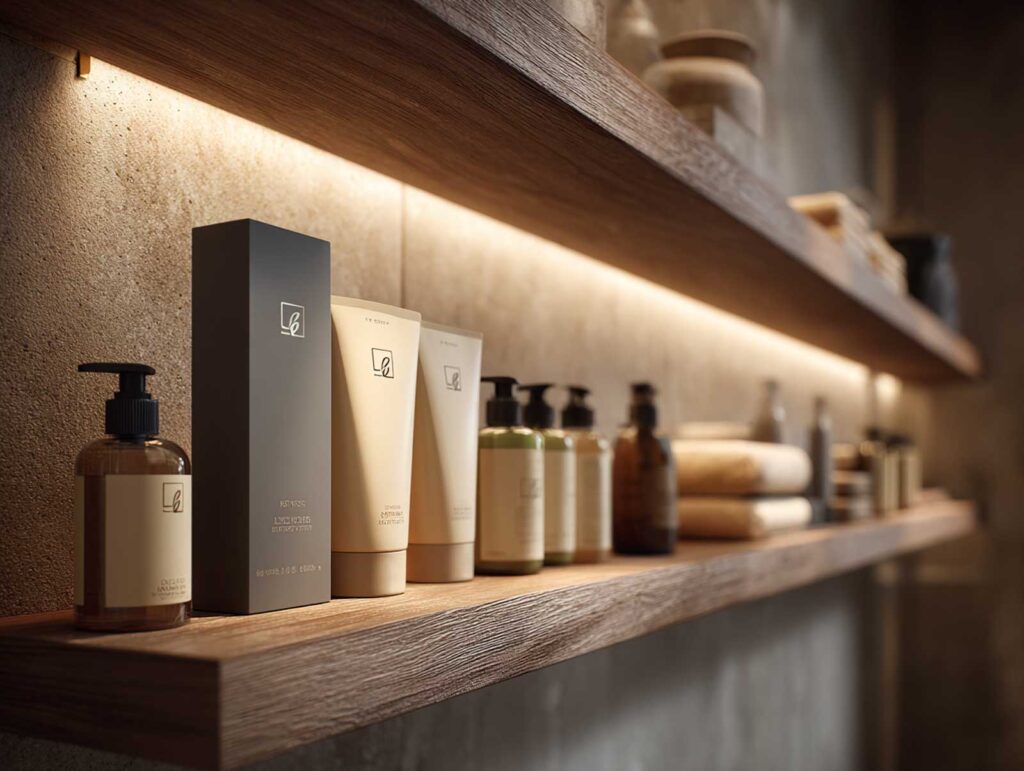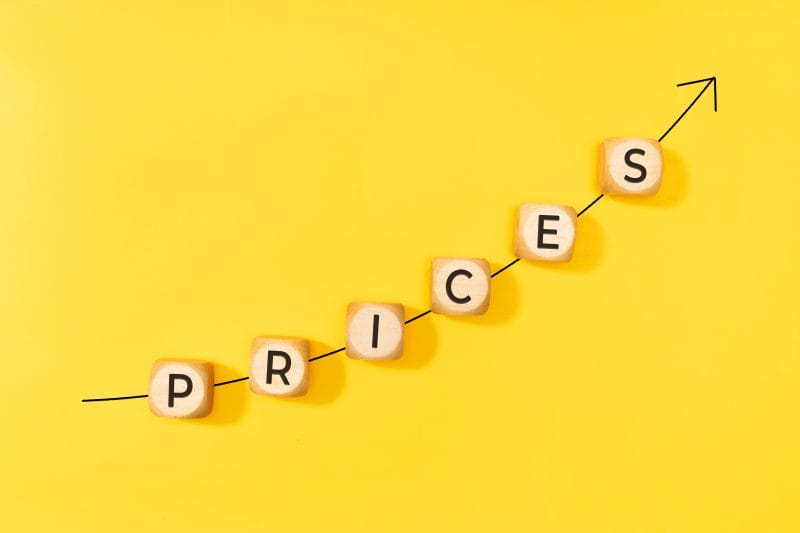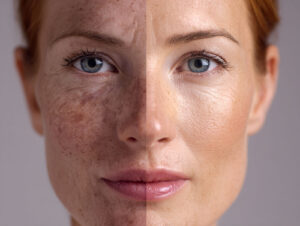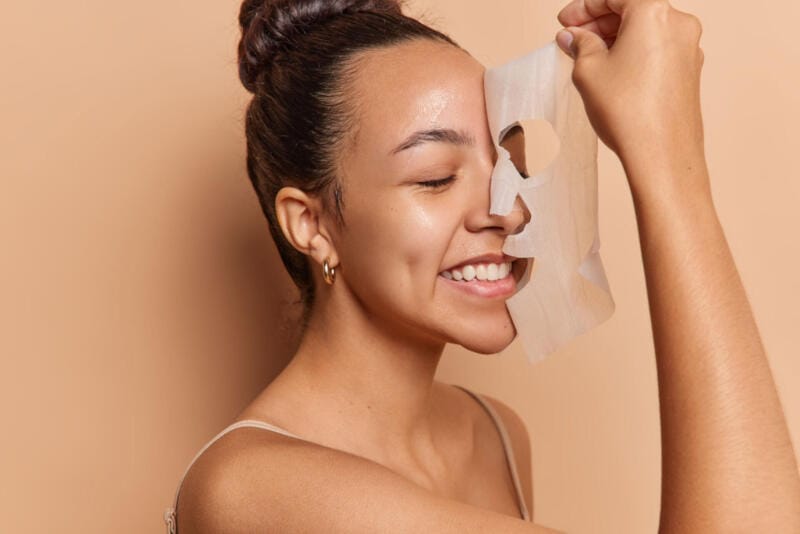Professional Skincare, Salon Biz
Why More Spas Are Launching Their Own Skincare Lines
Walk into a modern spa today and you might not just walk out with glowing skin – you might also leave with a product that carries the spa’s name. What used to be the domain of backbar exclusives and professional-only formulas is rapidly expanding into private-label retail. Spas aren’t just places of service anymore; they’re becoming product brands in their own right.
The timing couldn’t be better. Consumer trust in expert-led skincare is growing, and so is the appetite for credible, results-based products. As more spas develop their own branded lines, they’re building new income streams, extending the reach of their expertise, and deepening client loyalty. Let’s break down why this shift is happening, how it works, and what smart strategies set successful spa brands apart.
The Spa-Client Bond Is Stronger Than Ever
When a client gets a treatment from a spa or esthetician they trust – and sees real results – it’s only natural they’d want to take that glow home. Spa-goers aren’t just looking for relaxation; they want visible improvements. That’s what sets spa skincare apart from trendy, influencer-driven beauty buys.
The esthetician-client relationship is built on education, customization, and credibility. You’ve touched their skin. You’ve listened to their concerns. You’ve delivered results. That’s not something a department store or drugstore product can replicate. So, when a spa offers a branded line, clients are more than willing to invest in it. They’re not just buying a cream or serum – they’re buying the professional wisdom behind it.
According to the Skin Inc. article, over one-third of U.S. consumers are now using spa services, up from just 22% in 2023. And yet, many of those clients aren’t coming in regularly. Life gets busy, schedules change, and seasons shift. But retail can keep that connection going strong between appointments. When clients use your cleanser every morning or your moisturizer every night, they’re staying tied to your expertise – whether they visit monthly or quarterly.
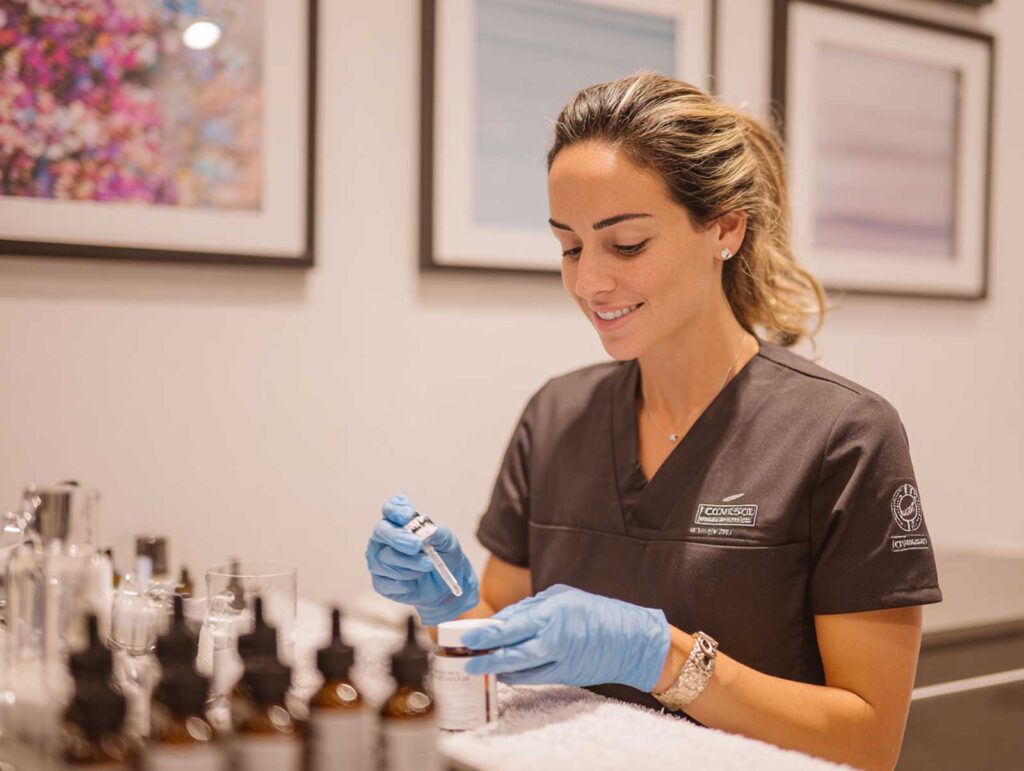
From Treatment Room to Vanity Shelf
Launching a private-label skincare line used to be intimidating. Minimum order quantities were high, formulations were inflexible, and manufacturing required deep pockets. Not anymore. Today, spas can start small, test demand, and build momentum without betting the business on a single SKU.
Private-label partners have become nimbler, offering scalable solutions and white-label formulas that can be easily customized. Want to adjust texture, scent, or active ingredients? It’s more feasible than ever. Want your logo on the packaging and a clean, professional design? That’s typically part of the starter package. What’s important is that the product performs – and that the story behind it resonates.
What Makes a Spa Skincare Line Succeed?
The best spa brands don’t try to compete with mass-market names. Instead, they focus on authenticity, education, and real-world results. Your clients already trust your hands. They’re ready to trust what those hands recommend, too.
A few things separate the skincare lines that build lasting traction from those that fizzle:
1. Product Relevance
Your products should reflect what clients are asking for in the treatment room. Are they dealing with dullness, acne, or aging skin? Are they sensitive or reactive? The closer your products are to solving real client issues, the better they’ll perform at retail.
2. Clear Brand Story
Every spa has a unique vibe – clinical, holistic, luxe, minimalist. Your product line should match that energy. If your spa emphasizes natural ingredients and gentle treatments, your formulas and messaging should reflect that. If you’re known for high-tech facials and clinical peels, your packaging and performance claims should align accordingly.
3. Ongoing Education
Clients buy when they understand how and why a product works. Use the time you already spend during a facial – cleansing, masking, finishing – to talk about your formulations. Post short videos showing application tips. Include educational inserts with product purchases. The more informed the client, the more confident the sale.
4. Testing, Then Scaling
You don’t need to launch 15 products at once. Start with three to five. Cleanser. Serum. Moisturizer. Maybe one specialty item like an enzyme mask or brightening booster. Watch what sells, gather feedback, and expand based on actual demand.
The Retail Revenue Factor
Retail isn’t just a nice-to-have – it can be a critical income stream. A client might only come in every 6 to 8 weeks, but they can use your products every single day. That consistency not only improves their skin (and your long-term treatment outcomes) but also smooths out your revenue between slower months or no-show appointments.
And here’s the thing: spa clients are already primed to spend. According to research from Statista, 35% of skincare consumers say they are more likely to buy from a brand recommended by a professional they trust. A spa brand leverages that influence – and turns it into loyalty.
For solo estheticians or smaller spas, even modest retail sales can be significant. A $60 serum with a 50% margin sold to just 10 clients per week adds up fast. Multiply that over months, then expand to online orders or gift sets, and you’re looking at a sustainable income stream that doesn’t rely on booked hours alone.
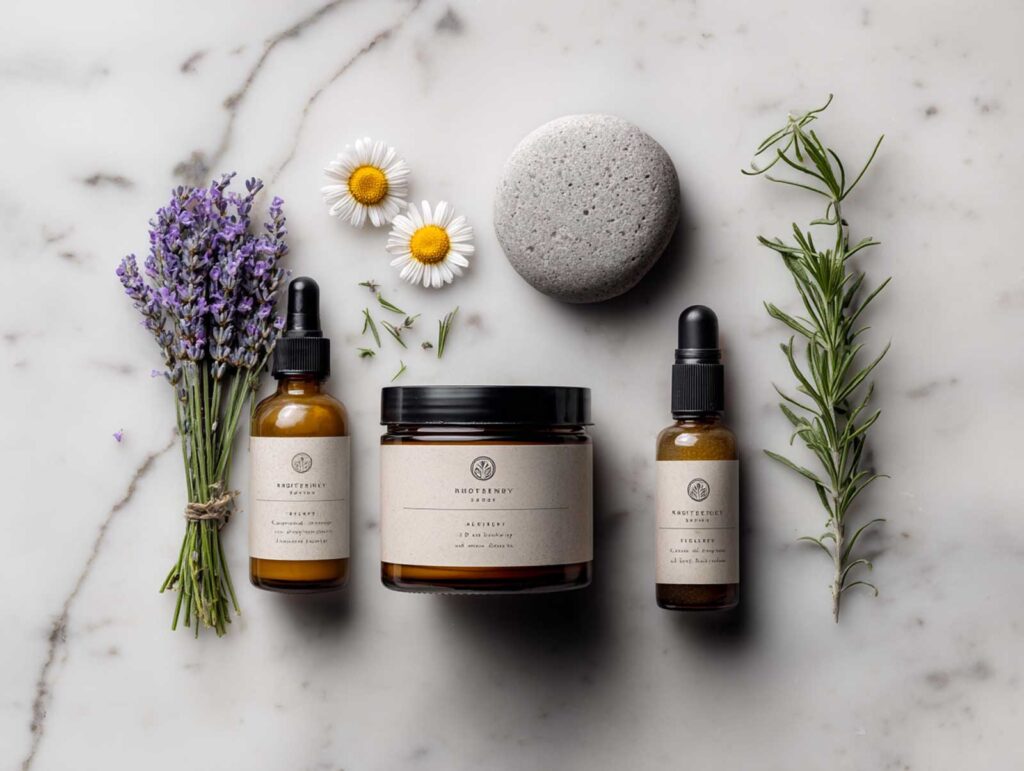
How to Start Your Own Spa Skincare Line
If you’re thinking about launching your own line, it doesn’t have to be overwhelming. Start with clarity:
What do your clients really need? Pay attention to what they ask about during facials. Track the products you recommend most often.
What’s your brand personality? Are you earthy and botanical? Sleek and clinical? Feminine and nurturing? Bold and minimal? Make sure your products visually and conceptually match that identity.
Who’s your manufacturer partner? Look for private-label labs that specialize in spa-grade skincare. Ask for samples. Understand their ingredient sourcing and manufacturing standards. Make sure you’re not just slapping a label on something generic – you want products that reflect your standards.
Where will you sell? In your spa, obviously. But also think about your website, email list, and social media. Could you offer starter kits for new clients? Auto-replenishment for top sellers? Limited-edition seasonal drops?
Who will tell your story? You, your team, and your clients. Don’t wait for perfection. Share behind-the-scenes glimpses as you formulate, test, and launch. Post before-and-after photos. Feature client reviews. Let your authenticity be your biggest marketing tool.
Why Spa Products Outperform Generic Ones
Let’s be honest – there are a lot of products out there. But not all of them are made for real skin problems. Many are made for shelves and slogans, not for results.
That’s where spa skincare stands out. You’re not guessing. You’re not following TikTok trends. You’re treating actual skin, week after week. That kind of experience can’t be replicated by a brand built in a boardroom. And clients know it. Your branded line doesn’t need to shout. It just needs to work. When it does, clients won’t just buy it once – they’ll keep coming back for more.
How Product Lines Transform the Spa Business
Here’s what often happens after a spa launches its own line:
- Clients ask for it by name.
- Online orders start rolling in.
- Word spreads through loyal customers.
- And suddenly, the business has a second engine – one that runs even when the treatment room is quiet.
More importantly, you stop sending your clients to someone else’s brand. Why promote a name that isn’t yours when you’ve got the skills, insight, and customer base to build your own?
Frequently Asked Questions
Can solo estheticians really launch a skincare line?
Yes. Many private-label labs have low minimums (as little as 24–48 units). Start small, keep overhead low, and reinvest profits to grow over time.
How long does it take to launch a product?
With a ready-to-go private-label formula, you can have products in hand in 4 to 8 weeks. Custom formulations take longer – up to 6 months or more.
Is private labeling the same as white labeling?
Not exactly. White label usually refers to pre-made, unbranded products sold to multiple buyers. Private label gives you more customization – scent, actives, texture – and your exclusive branding.
What should I avoid when starting out?
Don’t overextend. Avoid ordering too many SKUs at once. And stay away from hype-driven products you wouldn’t use in your own treatment room.
Are natural or clinical formulas better?
That depends on your brand philosophy and client base. There’s a market for both. The key is consistency – your retail line should match the experience clients expect from your spa.
Can I sell spa-branded products online?
Absolutely. Set up a simple Shopify or WooCommerce site. Add basic product photos, clear usage instructions, and your personal insight. Clients love buying from businesses they know.
Is product liability insurance necessary?
Yes. Always protect yourself. Speak with your insurance provider to make sure your new product line is covered under your existing spa policy or a separate plan.
Launching your own skincare line doesn’t mean reinventing the wheel. It means bottling the expertise you already have – and building a deeper, more consistent connection with your clients. Whether you’re a solo esthetician or running a full-service spa, this is your moment. Skincare isn’t just what you apply. It’s what you stand for. And now, it’s what you can sell, too.


